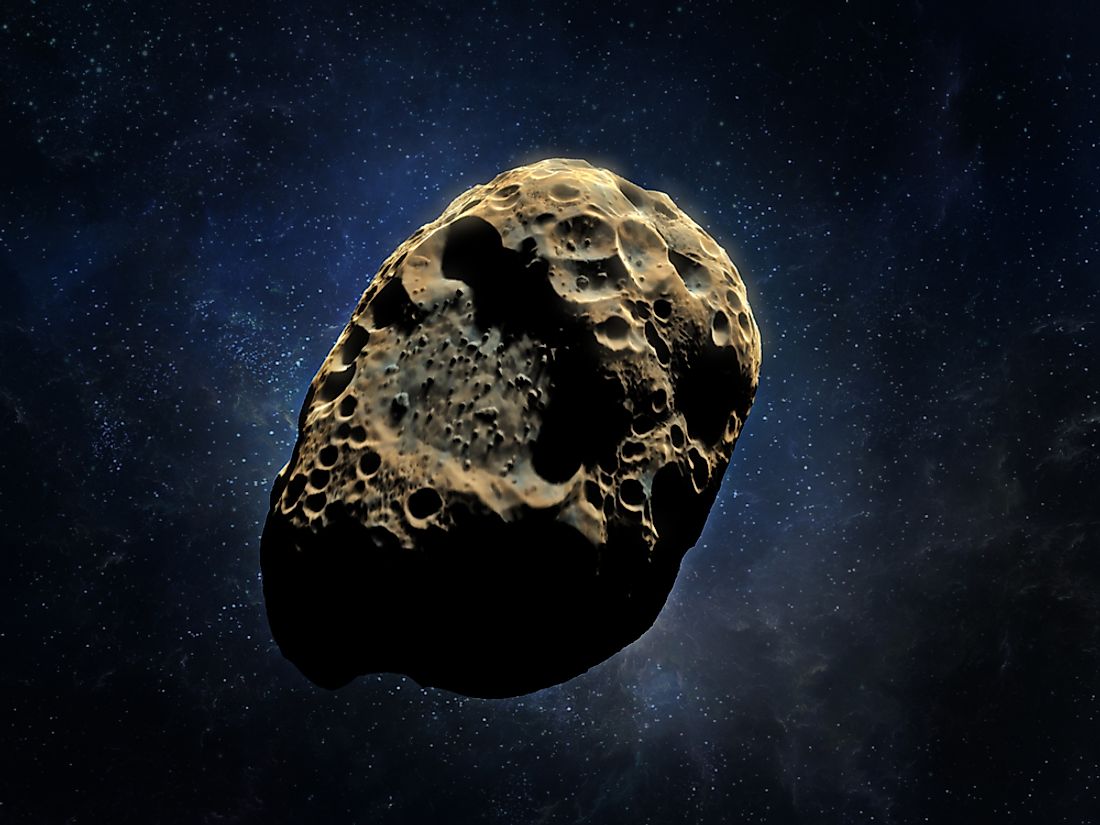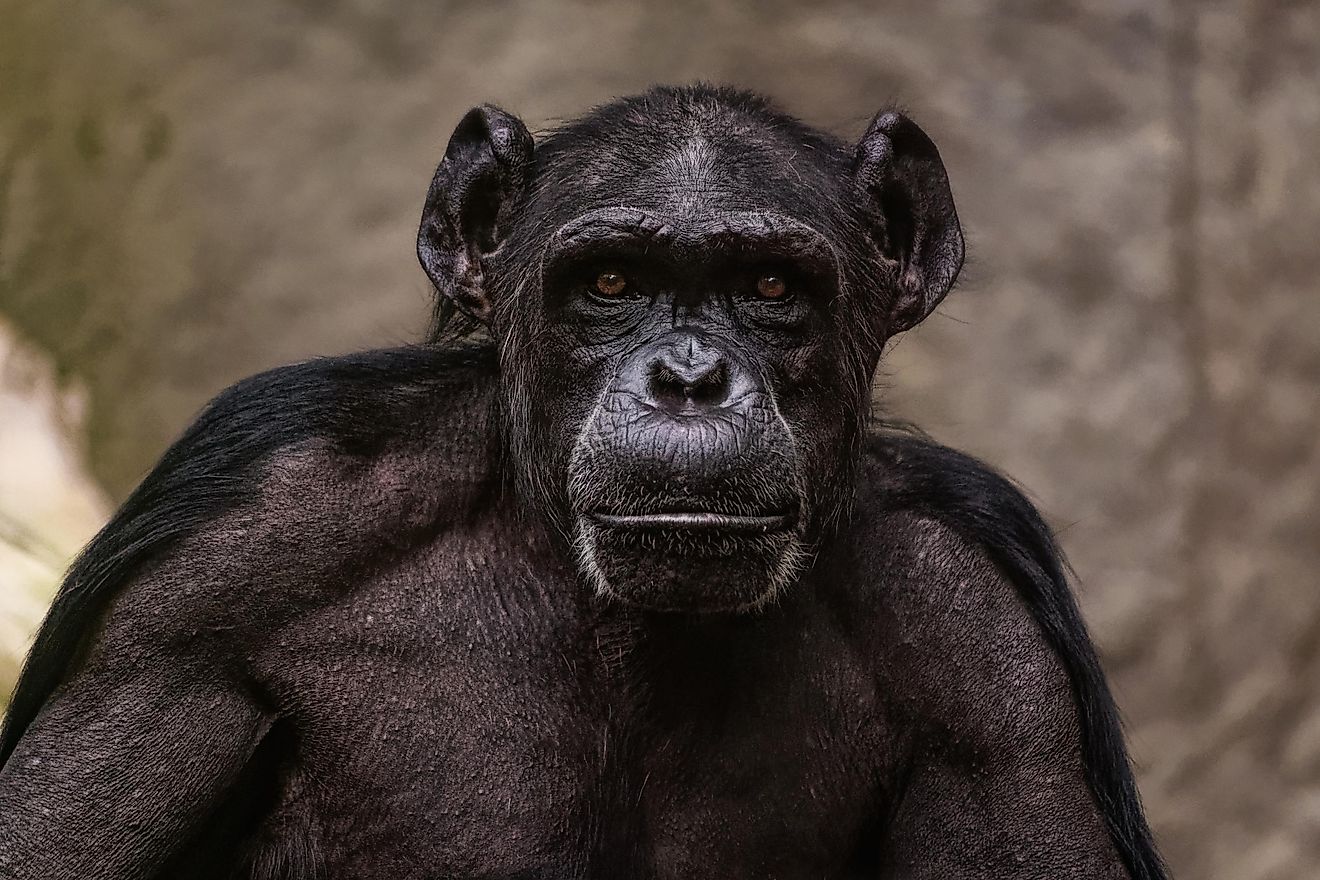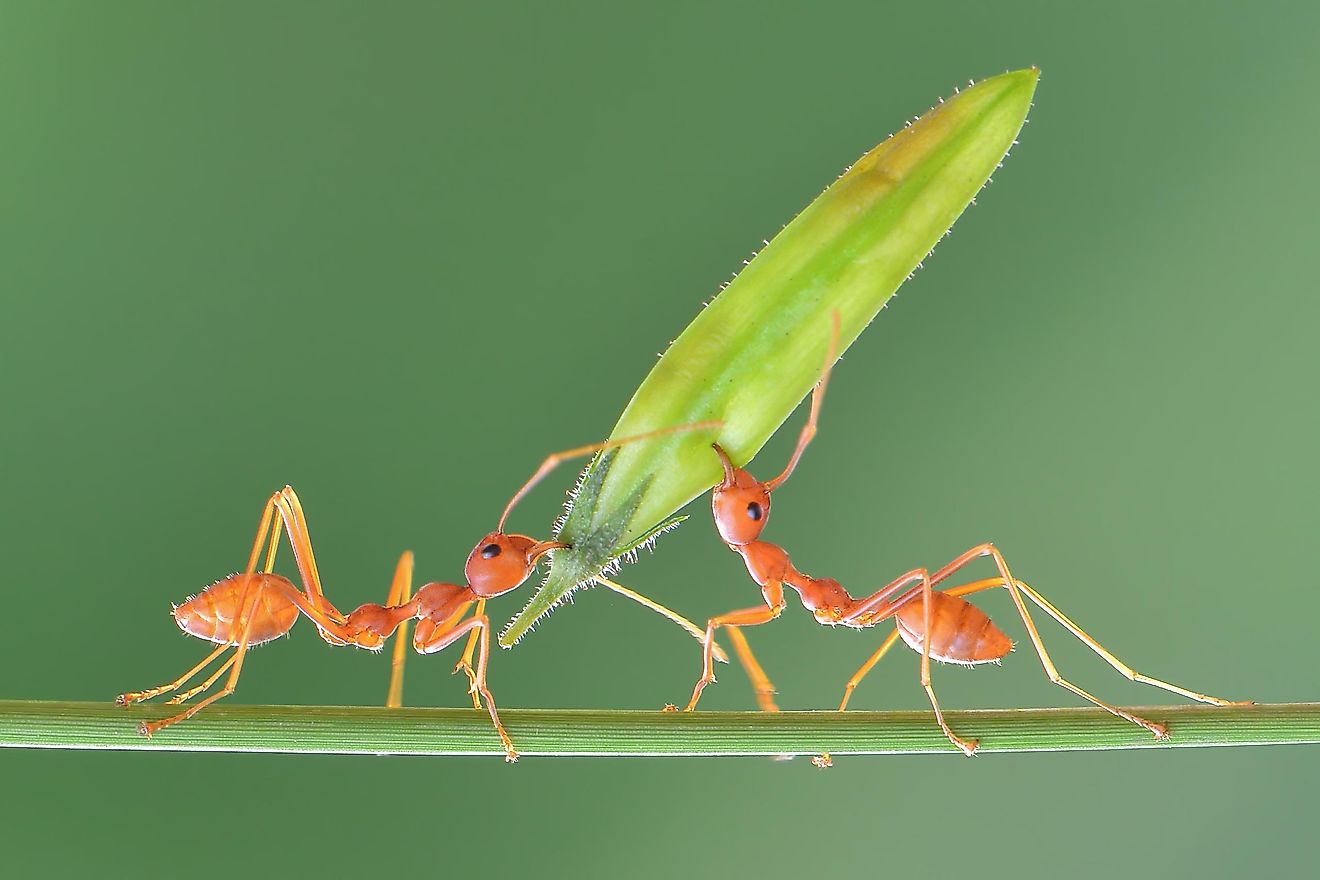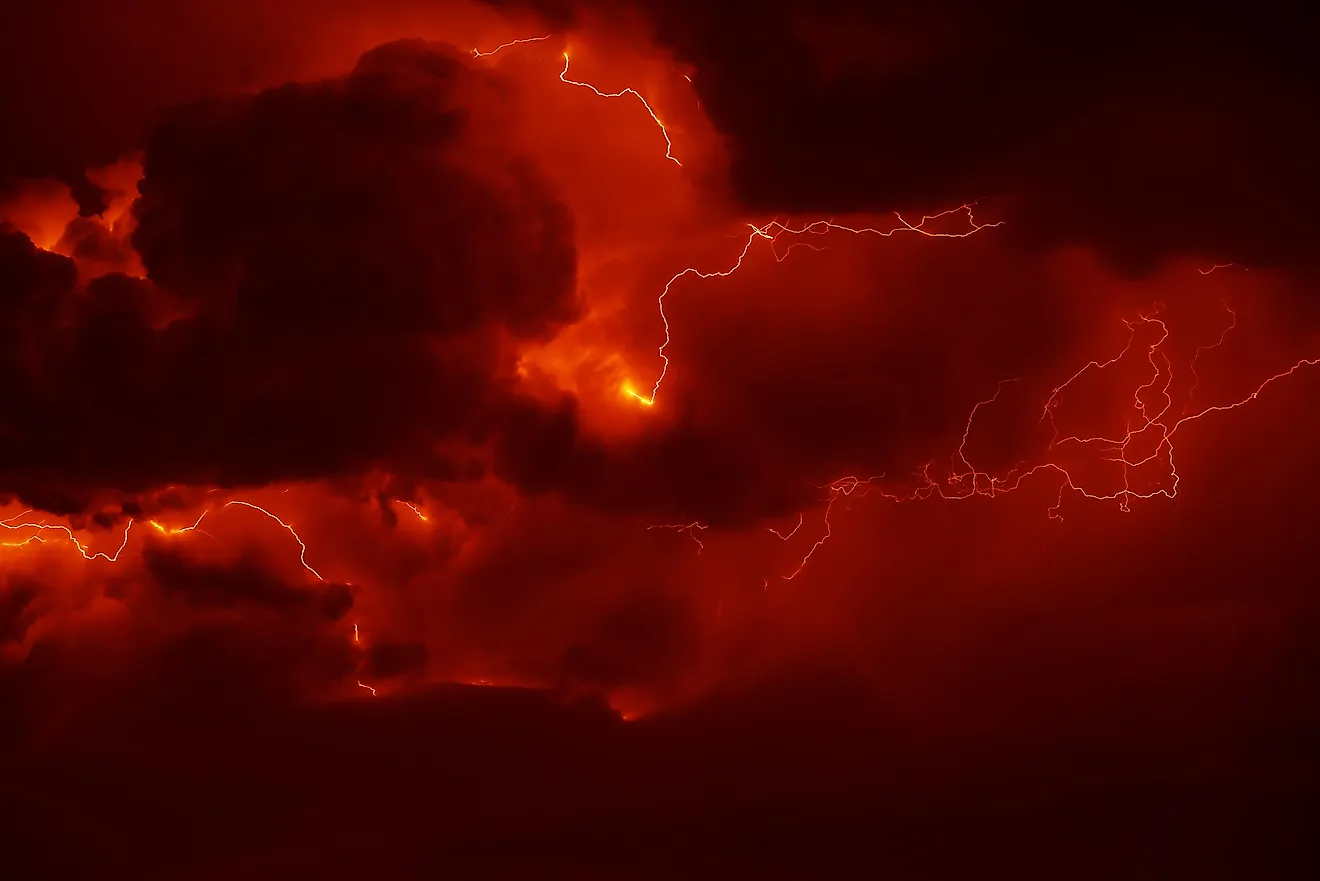What Is Asteroid Mining?

What Is Asteroid Mining?
Asteroid mining refers to the extraction of minerals and other raw materials from minor planets and asteroids in outer space. Some of the raw materials found during asteroid mining include: silver, gold, platinum, rhodium, nickel, aluminum, manganese, iron, and cobalt (among others). Minerals and other materials mined in space could either be used in space as rocket propellant or as construction materials. Additionally, these materials may also be sent back to Earth for use and sale. Currently, however, the cost of asteroid mining and material transportation are prohibiting this practice. Techniques are still being developed and potential mining sites are still being researched. The demand for asteroid mining continues to grow as the natural resources on Earth become more and more scarce.
Choosing The Asteroids For Mining
One of the most important factors that scientists must determine is how to select the correct asteroid or minor planet for mining. Travel time and change in speed are two factors that play a large role in this decision. Those asteroids located closest to Earth have been selected for the first experimental mining efforts. Materials extracted from these first asteroids will be used in space-stationed bases to reduce the cost of transporting items into Earth’s orbit.
The 3 principal types of asteroids identified as potential mining sites include: C-type, S-type, and M-type:
- C-type asteroids hold a high quantity of water, which could help reduce the cost of a mining mission. These asteroids also have high levels of phosphorous and organic carbon, which are needed in order to produce crop fertilizers.
- S-type asteroids do not hold very much water; however, they are more likely to have a wide variety of minerals for extraction. For example, a small asteroid can provide 1.433 million pounds of metal, like nickel or cobalt, with 110 pounds of this being a precious metal, like gold or platinum. This variety would help offset the increased cost of mining the asteroid.
- M-type asteroids are much harder to find, however, they hold 10 times the amount of metal found in an S-type asteroid.
Asteroid Mining Regulations
As with all mining efforts (particularly those that are international in nature), there are some regulations that would help guide asteroid mining management and safety issues. The United Nations Office for Outer Space Affairs has established five international space treaties and five declarations that help define international space law. These legal documents address topics such as freedom to explore, weapons control, responsibility for damages, rescue of astronauts, space activity registration, and conflict negotiations. Outer space is considered a neutral territory that does not belong to any specific country.
Both the Outer Space Treaty and the Moon Agreement address the issue of asteroid mining. Both of these legal documents allow for the extraction and private ownership of extracted natural resources. Of these two treaties, the Outer Space Treaty is more widely accepted and agreed upon than the Moon Agreement. The Outer Space Treaty was enacted in 1967 after a decade of international discussions among around 100 countries. This document sets forth the idea that space belongs to all of humankind and that all countries have the right to explore and use materials from space as long as it benefits humankind. One of the biggest criticisms of this document is that the concept of humankind has not been clearly defined.











